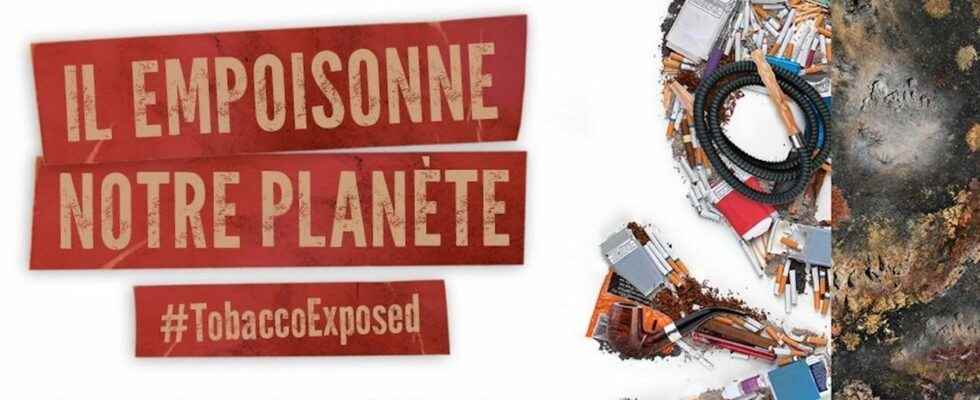Posted 3 hours ago,
Reading 3 mins.
Beyond its impact on public health, the tobacco industry also causes a lot of environmental damage, contributing to climate change, the World Health Organization (WHO) warned on Tuesday.
The tobacco industry is “one of the biggest polluters we know”, explained to AFP the director of the WHO for the promotion of health, Rüdiger Krech, presenting a report on the conclusions “pretty disastrous”.
The document, titled “Tobacco, poison for our planet“looks at the environmental footprint of the sector as a whole, from growing plants to manufacturing tobacco products, including consumption and waste.
While the industry is responsible for the loss of 600 million trees, tobacco growing uses 200,000 hectares of land and 22 billion tonnes of water each year, and emits around 84 million tonnes of CO2, according to the report.
4500 billion cigarette butts in nature
“Tobacco products, which are the most commonly thrown away litter on the planet, contain more than 7000 chemical compounds which, once thrown away, spread into the environment”continues Rüdiger Krech.
“Each of the 4.5 trillion cigarette butts that end up in nature each year can pollute up to 100 liters of water”he points out.
The health hazards of tobacco are not limited to consumption and waste: almost a quarter of tobacco growers suffer from green tobacco sickness, a form of nicotine poisoning through the skin.
Tobacco, grown in poor countries and by children
“In constant contact with tobacco leaves, these growers consume the equivalent of the nicotine contained in 50 cigarettes a day”explains Mr. Krech, who points out that the sector employs a large number of children.
“Just imagine: a 12-year-old child exposed to 50 cigarettes a day”he concludes.
According to the report, tobacco is often grown in rather poor countries, where water and cultivated land are often scarce, and where these crops take the place of crucial food production.
Tobacco cultivation is also responsible for about 5% of deforestation worldwide, and contributes to the depletion of precious water reserves.
Consult a GP online
Tobacco contributes to plastic pollution around the world
A significant share of global greenhouse gas emissions also comes from the processing and transport of tobacco – the equivalent of one-fifth of the carbon footprint of air travel.
The WHO also warns about tobacco-derived products – cigarettes, smokeless tobacco and e-cigarettes – which contribute significantly to the accumulation of plastic pollution in the world.
Cigarette filters contain traces of microplastics, these small fragments found in oceans around the world, including at the bottom of the Mariana Trench, the deepest in the world – making it the second largest source of pollution plastic in the world.
“Contrary to what the tobacco industry claims, however, there is no evidence that these filters have a beneficial effect on health”, points out the WHO.
The UN agency therefore urges policymakers around the world to treat these filters as single-use plastics, and to consider banning them.
She also laments that the gigantic costs of cleaning up the tobacco industry’s waste are borne by taxpayers around the world.
According to the report, China spends about $2.6 billion annually to treat waste from tobacco products. For India, the bill amounts to 766 million dollars, while Brazil and Germany must pay 200 million dollars each.
The WHO is therefore insisting that more countries follow the example of France and Spain by adopting the polluter pays principle.
For Rüdiger Krech, it is important that “the industry is really paying for the damage it is creating”.
